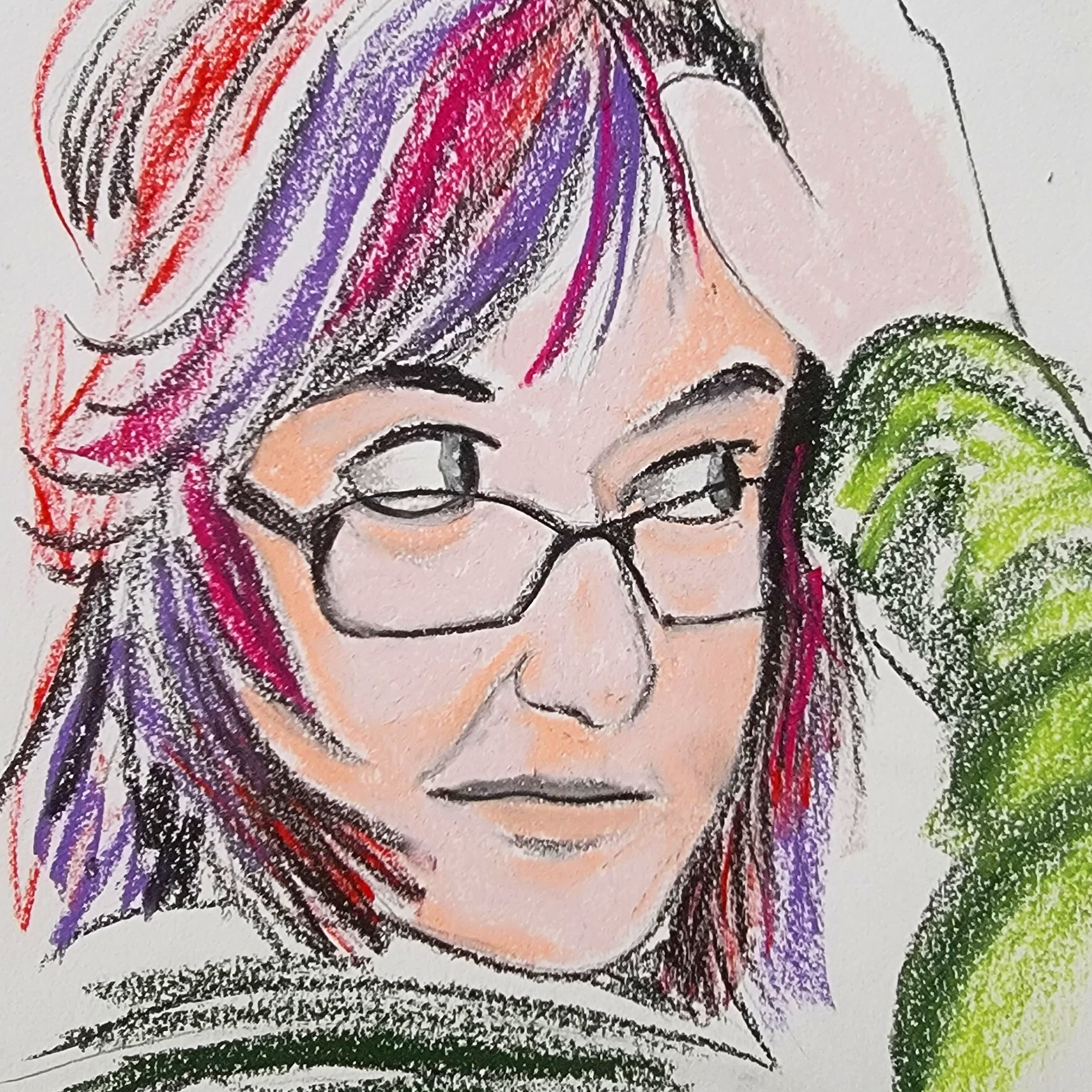Today I was reading Twyla Tharp’s book, the Creative Habit, and I nearly put it down for good a couple weeks ago. But today I picked it up, I suppose my ruffled feathers from before have been forgotten.
I am not a very habitual person, consistency is something hard won from me and someone telling me that my greatest weakness is not only the only way to create, but is also their greatest strength just rubbed me the wrong way. Good for you, you know?
I’m doing my best work in fits and starts, and maybe I’ll never be Twyla Tharp, but I’ll still produce more like that than shaming myself over not doing the exact same thing every day. I’ve tried beating myself, and I don’t respond well to punishments.
That being said, Twyla did have some very interesting things to say. She introduced me to the concept of zoe and bios, two Greek words which both mean life.
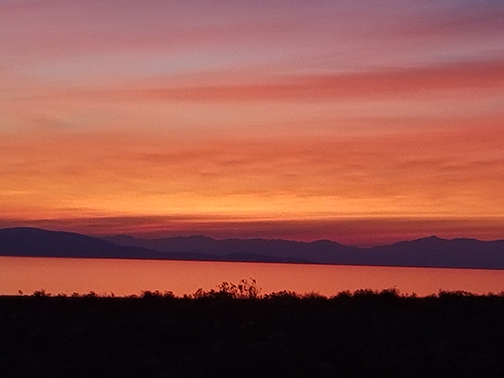
Zoe is the life that we might associate with mother nature, or spirituality. The life never-ending, which will exist with the roaches after the nuclear winter.
Bios, on the other hand is the origin of the words biology and biography, as it refers to the individual. The life which exists singularly, and has the inevitability of ending.
Then she did something amazing, she applied these words to the way creative pursuits show us the world.
The zoe form of creative endeavor describes the high, unending, universal experiences. A zoe painting describes the feeling of viewing waterlilies, a universal, pink and impressionistic smattering surrounded by flat green crescents with the bright high summer light shining bright.

Catch it from the corner of your eye, or hang it just out of center and you can capture that warm summer pond for a lifetime. Look too closely and it loses distinctness, for details are the realm of bios.
A bios painting describes a moment, captured in the cool breeze flicking a scarf just that way, the tassels suspended in the eternal stillness of the hours of meticulous hair thin strokes making every fiber shine with soft, loving detail. Press your nose against it and you can smell the fabric softener and the damp leaves flying past.
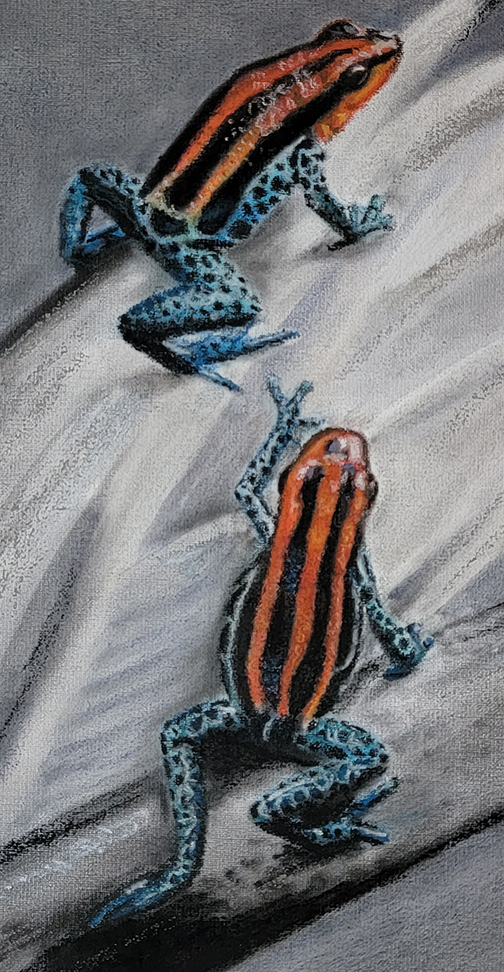
When I was younger, in art classes, I was constantly under pressure to be more detailed, to be more careful and exact and consistent. Of course it is important for young developing artists to learn how to control the medium, how to control their hands and tools and respect the paper or canvas. But I always felt like I was nearsighted, with someone telling me to pay attention to details in the far distance that I simply couldn’t see.
I think in the way we all want most what we can’t have, I have been most mesmerized by these bios driven exercises of infinite patience and perseverance. I would need to be chained to my easel to recreate such a piece, though.
However, thanks to those teachers that brought me back to my seat time after time, I can get those details just right. But now that I’m free to spend my time as I see fit, I can apply the details with frugality, with most of my pieces floating somewhere in between the universal and the individual.
I am having to adjust my standards for “great art” or at least “My Best Work” to better fit my instincts. It is always nice to be given permission to pursue what is easy. Everyone has their own tastes, and what comes naturally is different for all of us.

I was grateful to have a name for the universal feeling of impressionistic movement I like to include. Maybe that will let me pursue it with more energy and intent. That’s why I paint with pastels instead of paint.
I’ve always told people it was because I had no time for mixing paint, and letting paintings dry. To be fair, I’ve never had room for a studio, but plenty of people make small paintings. It would have worked had I liked it.
I like pastels because they are always, /always/ the wrong color. You just take your best guess, and throw it on there because you only have a certain number of options. I don’t sharpen mine, so their point is sometimes in the wrong place, and I make mistakes.
I turn them around and scribble and stroke and then go back with my finger because I don’t want it to be perfect. I want it to be alive, I want to see all my work on the paper and know that it was touched by me.
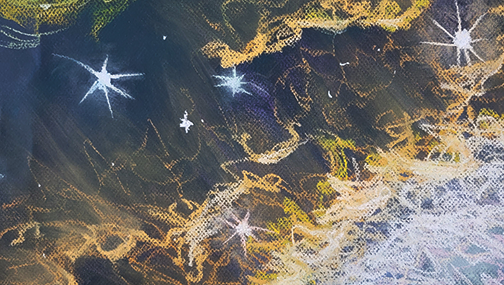
I want it to remind me of the picture in my head that I’m drawing, or the reference I’m using, but only with a strong resemblance. It frees me from my perfectionist tendencies. It lets me love it and it lets me love myself.
Like my husband says, move the goal posts and claim victory. I can say I’m trying to make a vibrant painting full of color and interest and movement, and that I’ve succeeded.
Where it would have been really easy to say I’ve made a messy painting with lots of mistakes and erasing and crooked lines, and none of the colors were quite right in the first place anyway. At the end of the day it’s all about what gets me back to the easel again and again, because art that’s been made is always better than art that’s been procrastinated and left incomplete.
I’ve pretty much never completed an exact still life. I’ve used reference photographs, and sat down to create a perfect and exact representation of the picture.
I’ve worked diligently for hours. And I’ve made my hands cramp up and been so frustrated I gave up. I have one in particular that bested me so wholly I still haven’t opened the box of colored pencils again. I should probably reconsider the medium with a little bit more consideration for my style.
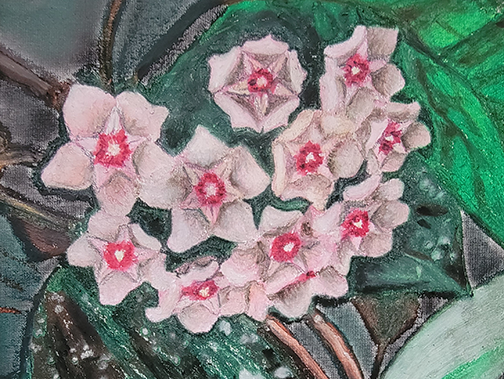
I have discovered that oil pastels can be worked with colored pencils in a similar way to soft pastels with pastel pencils. That means I will be able to use the package of Prismacolor pencils without killing my hands so much.
